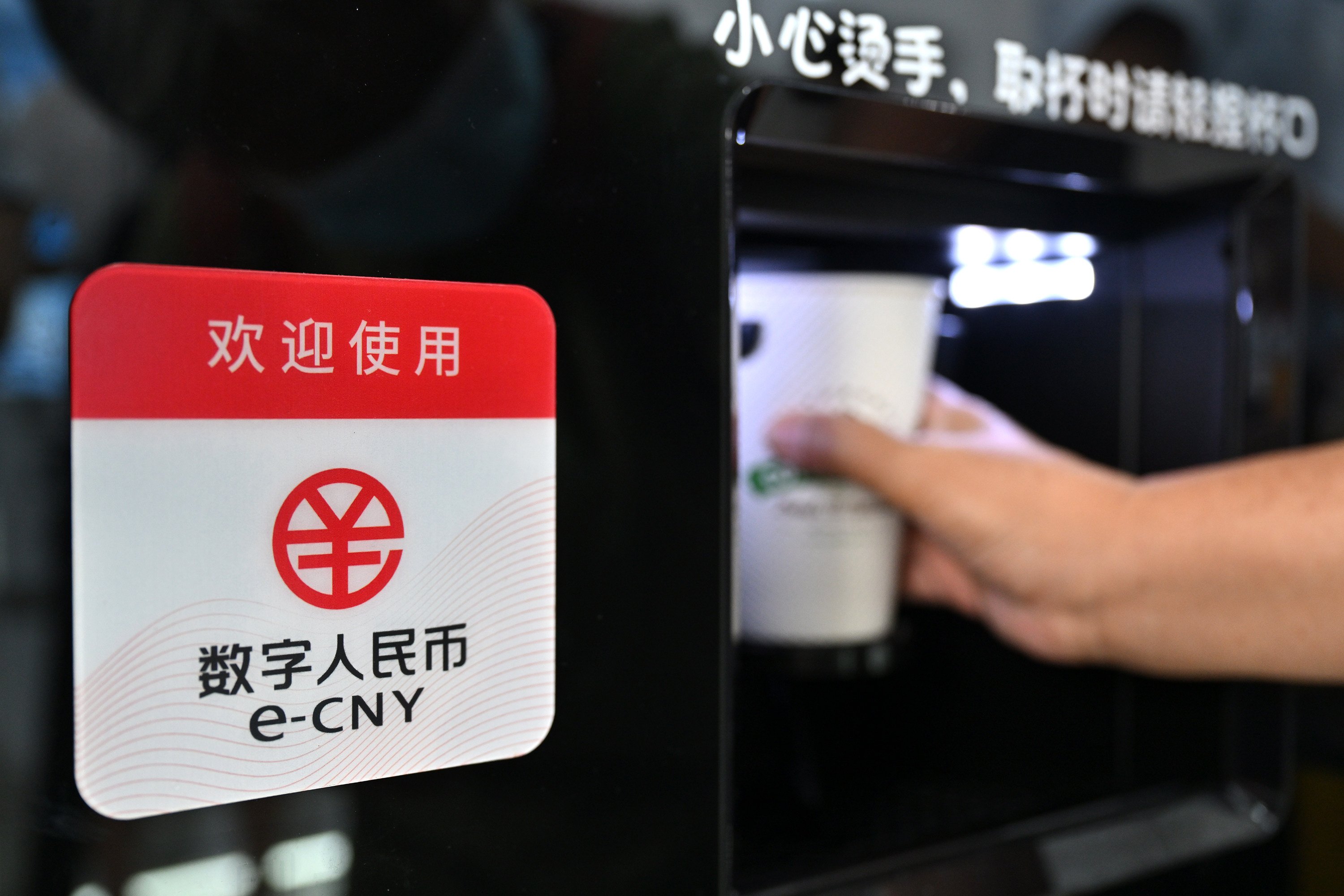The world is going all-in on stablecoins. Is China’s digital yuan any different?
While the two appear similar, China’s digital currency is quite different from the cryptocurrencies many economies are rushing to regulate

When South Korea reportedly halted its digital currency pilot programme this week in favour of stablecoins – cryptocurrencies pegged to a reference asset, typically a fiat currency – it sent shock waves through central banks across the world.
It also left China – a pioneer in central bank-backed digital currencies with its digital yuan, or e-CNY – with an important question to answer, namely whether it should continue to explore such digital assets or revisit the possibility of adopting the popular stablecoin format for its own purposes.
At first glance, stablecoins appear to have similar qualities to the digital yuan or other digital currencies, but there are significant differences in their design, purpose and management.
What distinguishes stablecoins from the digital yuan?
Issued by China’s central bank, the e-CNY is the digital form of China’s sovereign currency. It can be used for everyday transactions such as retail payments, government disbursements, salaries and public transport fares, and does not require a bank account.
First piloted in 2020, it had been used in 26 cities for transactions worth a total of 7 trillion yuan (US$977 billion) by June last year.
The digital yuan is largely intended for small domestic retail payments, and it cannot be exchanged for foreign currencies. Its cross-border use is being developed through the mBridge project, coordinated by the multinational Bank for International Settlements.
Unlike the digital yuan, which is entirely under the umbrella of a central bank, stablecoins are blockchain-based and privately issued cryptocurrency tokens pegged to fiat currencies like the United States or Hong Kong dollars. Issuers hold reserve assets, such as US Treasury bills, to back the total value of the tokens at a ratio of one to one.
Stablecoins are primarily used for cross-border payments, remittances and to ensure faster, cheaper transactions within digital ecosystems.
More reliable than free-floating cryptocurrencies like bitcoin, stablecoins are experiencing rapid growth in emerging markets with high inflation rates and volatile currencies, with countries in Latin America and Africa being quick to adopt them.
Although stablecoins can be pegged to any fiat currency, more than 99 per cent are currently backed by the US dollar or US dollar-denominated assets – far exceeding the US dollar’s roughly 50 per cent share in global payments and its 58 per cent share of global foreign exchange reserves.
In effect, that means they function as a digital version of the US dollar, Bank of China’s research institute said in a report released on Tuesday.
How does China govern both assets?
China adopts a centralised approach for its digital yuan.
The People’s Bank of China (PBOC), the country’s central bank, oversees the currency’s issuance, circulation and technical infrastructure, while commercial banks, payment platforms and e-commerce platforms help integrate it into daily use through pilot programmes.
In this vein, the government has taken the lead in promoting the digital yuan. Local authorities have issued consumption vouchers in the currency to residents and used them for public procurement. Some state-owned enterprises are using digital yuan for the payment of salaries and benefits.
On the other hand, Beijing has taken a hard line on cryptocurrencies, banning their trade and mining in mainland China, citing security issues. Stablecoins, despite being studied by market institutions and mentioned by former PBOC governor Zhou Xiaochuan last month, have been largely relegated to a topic of academic discussion.
Hong Kong – an international financial centre – has taken a more permissive stance than the mainland. In late May, the city passed a law establishing a regulatory framework for stablecoins that is set to take effect on August 1.
The legislation paves the way for issuers to obtain licences and offer the digital assets to the public, making the city the first in the world to introduce comprehensive legislation specifically regulating the assets.
What comes next?
The digital yuan is part of China’s broader push to internationalise its currency.
To enhance the global presence of the yuan, China will establish an “international operations centre” for the digital yuan, PBOC governor Pan Gongsheng announced at the Lujiazui Forum in Shanghai last month.
Last year, Hong Kong began allowing the use of digital yuan in retail settings, marking a step towards its cross-border application.
Along with domestic pilot programmes, the PBOC is collaborating with the central banks of Hong Kong, Thailand, the United Arab Emirates and Saudi Arabia on Project mBridge – a cross-border payment and foreign exchange platform using central bank digital currencies and distributed ledgers. The initiative is expected to expand the use of the digital yuan in international trade and transactions.
With most stablecoins pegged to the US dollar, analysts see Hong Kong’s embrace of stablecoins as paving the way for potential yuan-pegged trials, supporting the currency’s adoption as the US dollar’s prestige wanes.
“The implementation of Hong Kong’s stablecoin legislation is expected to accelerate the development of Hong Kong dollar, offshore yuan and even yuan-pegged stablecoins, with a Hong Kong dollar stablecoin likely to be launched first,” Huatai Securities said in a research note issued late last month.
Supporting Chinese firms’ overseas expansion, cross-border business and digital business – along with expanding the range of activities in which stablecoins can be used – would be essential to Hong Kong’s success in the stablecoin market and could broaden the yuan’s international appeal, it said.